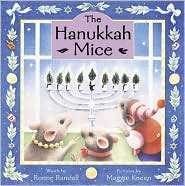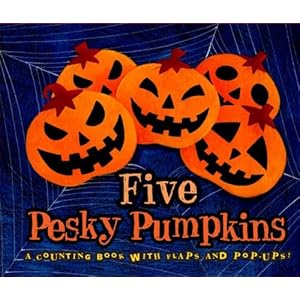Guided Relaxation Exercise
Give these directions: Lie down on the floor and close your eyes. Put your hands on your belly and rest them there. Now slowly breath in and out through your nose. As you breath feel your hands resting on your belly. Don't answer my question out loud but only to yourself - can you feel if your hands are rising and sinking on your belly with each breath? Notice how your shirt feels under your hands. Is it soft, rough, thin, thick? Breath in and out at your own pace Now feel your body sinking into the floor. With each breath that you take feel if you can sink further into the floor. Feel as if your body is getting heavier and heavier. Imagine yourself lying on your favorite blanket. It is soft, warm and cozy. What color is this blanket? Does it have a pattern on it like stripes or hearts? Is it big and squishy or light and thin? Feel as if your blanket is giving you a warm hug. Now notice your hands again on your belly. Can you feel your belly moving up and down? Take another deep breath in and out. Take your attention back to the room. Do you hear any noises from the hallway or outside? Start to prepare for our relaxation time to be over. Slowly move your legs in and out. Reach your arms over your head and do a big stretch. Make a big yawn sound. Slowly open your eyes and when you are ready come to standing.
Here are just a few of the many benefits of this exercise:
Focus
Visualization is a powerful tool to focus the mind on one specific idea. If you are seeing the color of your imaginary blanket then you are not thinking about what you are having for dinner. Closing your eyes helps further take away any distractions. At first it might be hard for some children to close their eyes. If this is the case, you might want them to lie on their stomachs so they can not move their head around.
Connecting to Breath
By focusing on calm breathing, inhaling and exhaling, children can feel how their lungs expand and contract, how their bellies move up and down and how the air is drawn in and pushed out through their noses. They can feel how their breathing effects their bodies. It gives them a sense of body awareness.
Relaxation
When the body and mind have a chance to reconnect it can be very peaceful. The children are not being asked to do anything except be, breath and focus on your voice. It is a time to take a break from all the stimulation of the outside world. This is also a great tool to use to transition from a very active activity to a quiet activity because you are giving the children a chance to change focus and pace.
You might find that guiding the meditation is very peaceful and relaxing for you to. I always do! Let me know if you try this out and how your students/kids respond!
Have fun reconnecting with the children in your life!
Sincerely,
Stacey

